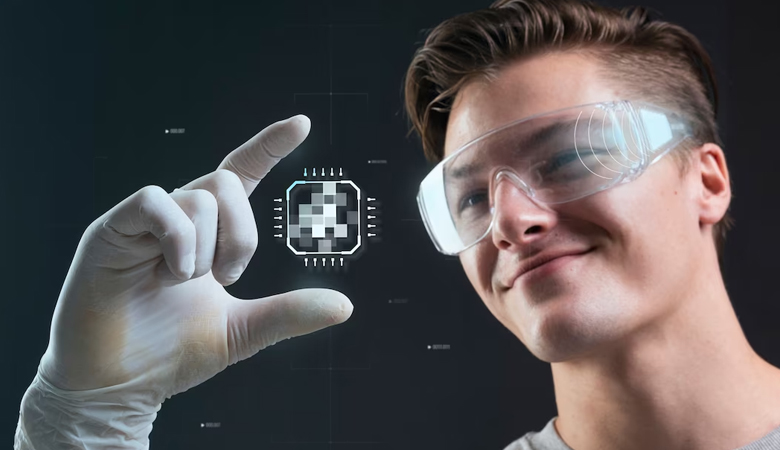Designing a website that captivates users and achieves business goals is a complex task. However, with the advancements in artificial intelligence (AI), designers now have access to powerful tools and techniques that can streamline the web design process. In this article, we will guide you through the process of designing a website with the help of AI, providing you with valuable insights and tips to create a professional and engaging online presence.
You may also like:
Designing a Website with the Help of AI: 8 Great Tips:
Whether you’re a beginner or an experienced designer, this comprehensive guide will help you harness the potential of AI in web design.
1. Understand Your Goals and Target Audience

Before diving into the design process, clearly define the goals and objectives of your website. Identify your target audience and understand their needs, preferences, and browsing behaviors. This information will guide your design decisions and ensure that your website is tailored to your audience’s expectations.
2. Choose the Right AI Tools

There are numerous AI-powered tools available for web design. Research and select the ones that align with your requirements and skill level. Some popular AI tools include website builders with AI-generated templates, design platforms with automated layout suggestions, and image recognition software for optimizing visuals.
Experiment with different tools to find the ones that best suit your workflow and design style.
3. Optimize User Experience with AI

AI can help enhance the user experience (UX) of your website. Utilize AI-driven analytics tools to gather insights about user behavior, such as heatmaps and click-through rates, to identify areas for improvement. AI chatbots can provide personalized assistance, answer frequently asked questions, and streamline customer support. Implement AI-powered search functionality to help users find content quickly.
By integrating AI-driven UX enhancements, you can create a seamless and user-friendly website.
4. Leverage AI for Design Inspiration

AI can provide designers with a wealth of inspiration and ideas. Explore AI-powered design platforms that generate design suggestions based on your input and preferences. These platforms analyze existing websites, trends, and user preferences to offer relevant design options.
AI-powered image recognition can help you find high-quality visuals and optimize them for your website. By leveraging AI for design inspiration, you can save time and generate fresh and engaging design concepts.
5. Customize and Personalize Designs

While AI can offer design suggestions, it’s essential to customize and personalize your website to align with your brand identity. Tailor the color scheme, typography, and imagery to reflect your brand’s personality. Use AI tools to generate custom design elements, such as icons or illustrations, that complement your website’s aesthetics. Strike a balance between leveraging AI’s efficiency and infusing your own creative touch to create a unique and memorable website.
6. Test and Iterate

Once you’ve implemented AI-driven design elements, it’s crucial to test and iterate your website. Use AI-powered testing tools to analyze user feedback, identify usability issues, and optimize your website’s performance. Conduct A/B testing to compare different design variations and determine which elements resonate best with your audience.
Regularly monitor user analytics to understand user behavior and make data-driven improvements to your website.
7. Ensure Responsiveness and Accessibility

With the increasing use of mobile devices, it’s essential to design a responsive website that adapts to different screen sizes. AI tools can assist in automatically optimizing your website for different devices, ensuring a seamless user experience across platforms. Additionally, prioritize accessibility by following AI-guided accessibility standards to ensure that users with disabilities can access and navigate your website.
8. Stay Updated and Innovate

As AI technology advances, new tools and capabilities will become available. Stay updated with the latest developments in AI and web design to take advantage of innovative solutions. Continually explore AI-powered design platforms and tools to enhance your website’s functionality, aesthetics, and user experience.
Conclusion
Designing a website with the help of AI offers designers an array of possibilities and efficiencies. By leveraging AI tools for inspiration, user experience optimization, and personalized design. while AI can assist with many aspects of web design, it’s important to balance it with human creativity and expertise. Use AI as a tool to streamline processes, gain insights, and generate ideas, but always add your unique touch to create a website that reflects your brand and resonates with your audience.